One aspect of virology that is confusing to students is the concepts of capsids and nucleocapsids. These two terms describe two different ways that viral nucleic acids and proteins are arranged in virus particles.
The capsid (from the Latin capsa for box) is the protein shell surrounding the nucleic acid genome. Below are two different types of capsid, constructed with helical (left) and icosahedral symmetry. In both cases the nucleic acid is covered with a protein shell:
A nucleocapsid is defined as the nucleic acid-protein assembly within the virus particle. This term is used when the assembly is a discrete substructure in the particle. The term ‘substructure’ seems to confuse students. What exactly constitutes a substructure?
Let’s define substructure with examples. If we take the two capsids shown above, and add a membrane, then the nucleic acid-protein assembly (formerly a capsid) becomes a nucleocapsid:
The nucleic acid-protein assembly within the particle is a nucleocapsid because it is a substructure.
If we remove the protein capsids from both viruses, we no longer have a substructure and there is no longer a nucleocapsid.
The SARS-CoV-2 virus particle has a nucleocapsid, as illustrated below. The RNA genome is present in the enveloped particle as an RNA-protein complex (the proteins are shown as green circles):
Adding a membrane is not the only way to make a nucleocapsid. If we add protein to a genome within a naked icosahedral capsid, we have a nucleocapsid:
Recently it was found that the DNA genome of icosahedrally ordered Mimivirus is elegantly wrapped in a 30 nanometer protein shield. This arrangement gives this non-enveloped virus a nucleocapsid.
The concept of a nucleocapsid substructure is not difficult to grasp in the context of multiple examples. And to make things even easier, the word nucleocapsid should remind you of the nucleus, which is a substructure in the cell.
Images created with BioRender

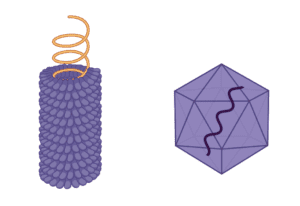
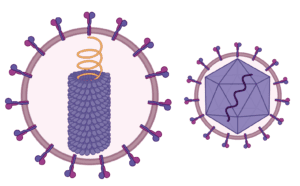
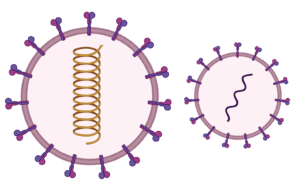
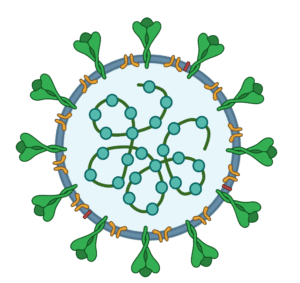
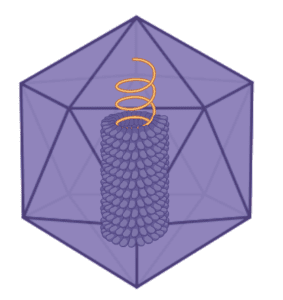
Pingback: Capsids and nucleocapsids | News I Can